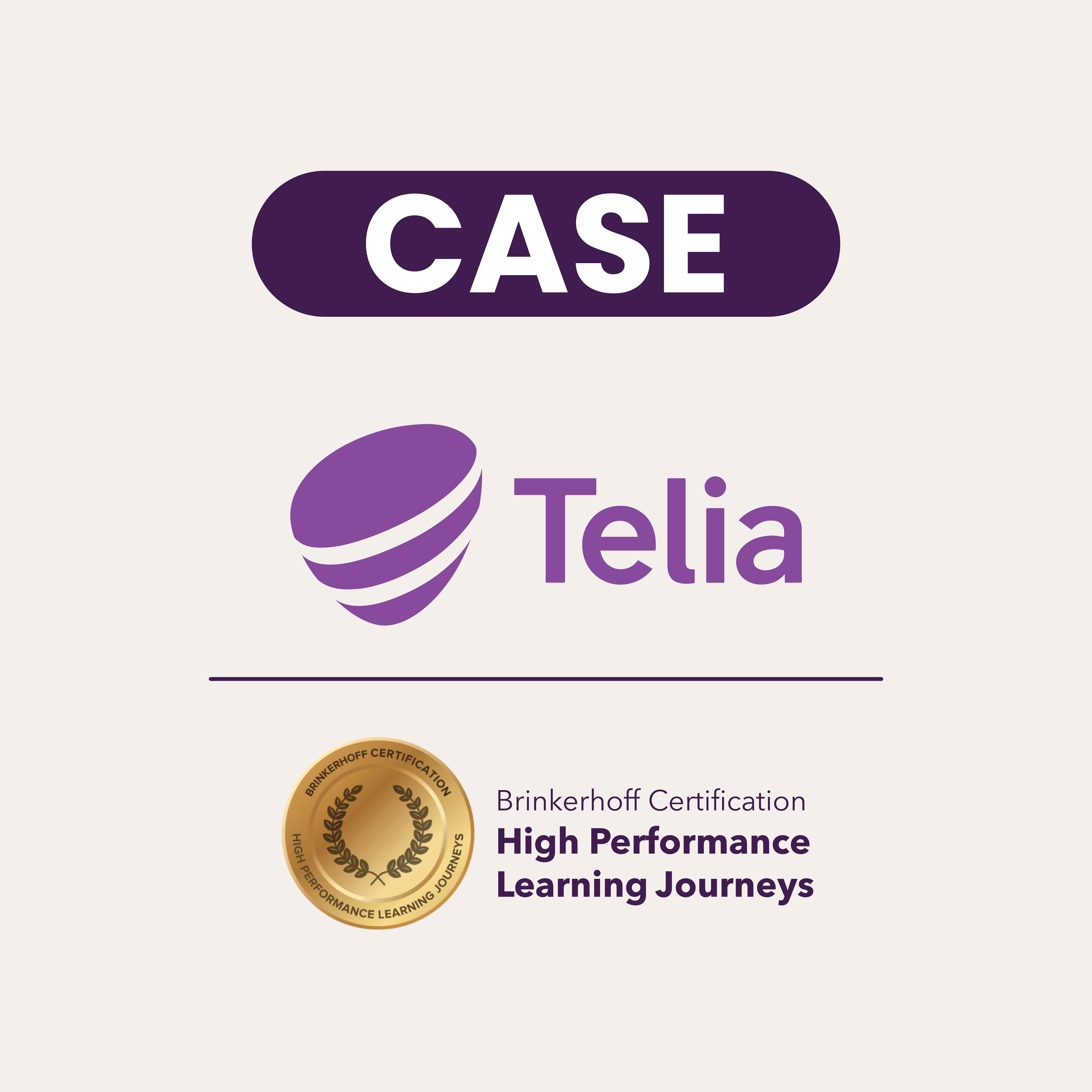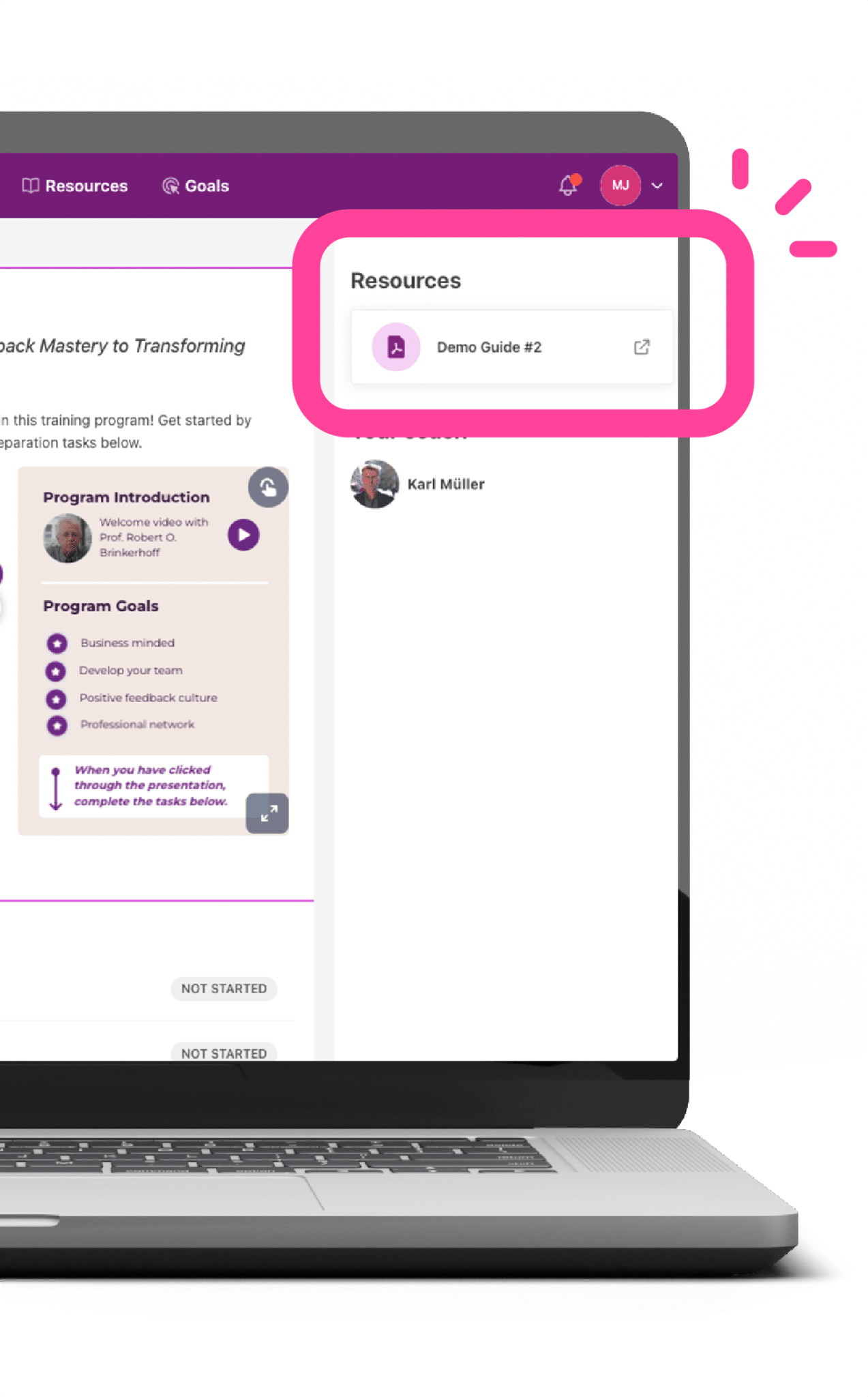Introduction
In the vibrant and ever-changing sphere of corporate training, the importance of effective facilitation cannot be overstated. As we transition from traditional face-to-face training to dynamic hybrid models, a strategic reassessment of our facilitation techniques is essential. Here we look at some of the vital adjustments necessary for facilitation success in hybrid learning environments, highlighting its impact on the overall efficacy of training programs.
Recent studies on the Promote platform reveal a significant link between managerial and facilitator support and improved completion rates in training programs. These findings are not only quantifiable but also enriched by qualitative insights, showing enhanced engagement levels and practical application of learned skills. Enhanced manager involvement, achieved through structured check-ins during the learning journey, plays a crucial role, although it demands a paradigm shift in how Learning and Development (L&D) is perceived and valued within the business.
Active facilitation emerges as a key element that directly influences the outcomes of training initiatives. What remains the same is that the facilitator needs to understand the content, it’s specific application into a given company environment, and the actual challenges that exist. However, to achieve superior results, active and continuous facilitation throughout the training process is crucial, rather than a more limited approach largely limited to the classroom.
The Essence of Effective Facilitation
Facilitation today builds upon traditional practices but extends significantly to meet the demands of contemporary training programs. My experience collaborating with L&D organizations and training providers has shown that despite the critical need for ongoing, high-quality facilitation, there are recurring challenges and often a disconnect in facilitator performance leading to subpar learner engagement.
This indicates a prevalent misunderstanding among facilitators regarding their role in the new training paradigm. More than just a change in facilitation techniques is necessary; a simultaneous transformation in training design, implementation, and understanding of how training supports organizational goals is imperative.
Understanding Facilitation in Hybrid Settings
Facilitation in hybrid training environments is not just an old concept wearing new clothes; it requires novel, tailored approaches. The growing prevalence of hybrid training models, incorporating learning journeys, mandates a re-evaluation of the facilitator’s role. In these settings, facilitators must adeptly engage both remote and in-person participants, necessitating a blend of traditional skills and new technological competencies. This shift not only changes the nature of facilitation but also significantly enhances the reach and effectiveness of training programs by integrating innovative techniques and interactive technologies.
Ongoing Presence
Hybrid training, especially when bolstered by a Learning Experience Platform, redefines facilitation by providing continuous support throughout the duration of a training initiative. This approach ensures that learners receive help precisely when they need it most—when they’re back at their desks, applying new strategies in real-world scenarios.
This doesn’t mean facilitators must be on call around the clock; rather, it emphasizes the need for more frequent and timely interactions. By promptly responding to learners’ queries and inputs, we create a supportive atmosphere that not only fosters a sense of being cared for but also allows us to address their questions early and effectively.
Traditionally, queries might wait until the next scheduled session, causing delays and diminishing the relevance of the help provided. Learners, understanding this delay, often felt their real-world application of skills wasn’t a priority. Now, we’re shifting this dynamic. Instead of periodic check-ins, our approach ensures that facilitation is an ongoing conversation, enhancing the relevance and impact of the support provided.
Active facilitation transforms the role of both facilitator and participant. For participants, the expectation to demonstrate what they’ve learned becomes a tangible part of their training experience. Positive peer pressure and group dynamics encourage this sharing, but more importantly, once learners see that facilitators are genuinely there to support them, their engagement levels soar. This transition from mere attendance to active engagement is crucial for demonstrating the effectiveness and results of the training.
Ultimately, our goal is to establish a facilitation process where learners understand they have continuous access to thoughtful and relevant support. Engagement is not a one-way street; it’s about creating a reciprocal relationship where facilitators are as invested in the learners’ real-world application of skills as they are in the training sessions themselves
Training Facilitators for Hybrid Environments
To thrive in this evolved training landscape, we must equip our facilitators with more than just their prior classroom experience. They need to understand the distinct differences between traditional and hybrid training environments and embrace new methods and mindsets.
Unfortunately, many seasoned facilitators, despite years of expertise in conventional settings, struggle to adapt to this shift. The belief that their role remains unchanged—that the same old techniques will suffice—has led to underwhelming results. Today’s training demands a fresh approach, one that aligns with the dynamic needs of modern organizations and their employees. By retraining our facilitators with these principles, we ensure that they are not just transferring knowledge but are catalysts for genuine, measurable change in workplace performance.
Adapting Skills for Online Facilitation
Facilitators who have traditionally excelled in the classroom may find the shift to online facilitation to be a unique challenge. This transition involves several key changes:
-
Embracing New Roles
The focus shifts from being the star of the classroom to facilitating engaging discussions that promote practical application of skills at work. While a well-delivered live session remains valuable, the role of a facilitator now extends beyond the live environment. It's no longer about commanding the stage; it's about mastering digital tools, transforming oratory skills into effective online communication, and becoming more of a coach and guide than merely an entertainer.
-
Rapid Response and Engagement
In hybrid environments, facilitators must offer timely and relevant feedback to foster real-time application and sustain engagement. This proactive approach helps facilitators be seen as allies in the application of skills in the workplace, rather than mere reviewers of participant input. Moving away from generic responses to providing thoughtful, personalized feedback is essential, and much more effective than the often seen "thanks for your input" approach.
For many seasoned professionals, this shift from a classroom-centric focus to a balanced approach that values digital interaction just as highly can be daunting. The old way of thinking—that real teaching happens face-to-face—no longer holds. Today, digital facilitation is not just a nice-to-have; it’s crucial for effective training and requires just as much effort and skill as traditional methods.
Commitment Across the Learning Journey
Successful facilitation demands consistent dedication throughout the training program, particularly in structured learning journeys where real transformation happens. This commitment shifts the facilitation from a “nice-to-have” extra to a vital part of the training effectiveness.
Several factors need alignment for this transition to succeed:
-
Cultural Shift in L&D
The mindset within Learning and Development must evolve from merely providing training to actively supporting and driving performance. This broader perspective encourages L&D professionals to deeply consider their impact on organizational success.
-
Participant Engagement
Learners must understand that their active involvement is required throughout the entire training initiative—not just passive attendance, but meaningful participation and application of skills. Setting clear expectations and providing proactive follow-up, especially at the beginning of programs, helps establish standards for continued engagement.
Experience shows that once participants realize facilitators are genuinely there to support their growth, engagement levels rise significantly. However, this change does not happen overnight and may initially cause some anxiety as it takes root.
While dedicated ongoing facilitation significantly boosts engagement and performance, it’s important to recognize that it is just one element of successful program management. When integrated with a broader strategic approach to training, this focused facilitation can truly transform outcomes and bring immense value to an organization.
The Importance of Program Factors
Successful facilitation is more than just the act itself; it’s profoundly shaped by the structure and elements of the program. Consider these critical aspects:
-
Participant Engagement
A program's effectiveness largely hinges on participants recognizing the benefits it offers them. This awareness not only increases their interaction with the content but also encourages them to apply what they learn directly to their work situations.
-
Setting and Following Up on Expectations
Clear communication of expectations and consistent follow-up are essential. Acknowledging strong contributions and addressing weaker efforts help cultivate a culture of meaningful engagement and continuous improvement.
-
Connection to Daily Work
Linking training closely with participants' daily roles is vital. Learning Experience Platforms (LXP) are instrumental in bridging the gap between theoretical learning and practical job demands, ensuring a continuous loop of application and feedback.
Changing Organizational Acceptance of Facilitation
Integrating facilitation with organizational goals requires a shift in perspective:
-
Adjusting Mindsets
It's crucial to recognize that effective facilitation extends beyond in-person interactions and plays a central role in driving measurable performance outcomes.
-
Allocating Budgets for Facilitation
While initially perceived as an added expense, effective facilitation is a critical investment in unleashing the true potential of training initiatives.
Enhancing Engagement and Completion Rates
By scaling back on in-person components and enhancing online facilitation, training programs can not only cut costs but also improve engagement and completion rates. We have examples of programs that demonstrate that the absence of face-to-face meetings did not hinder engagement—thanks to the strategic use of an LXP that supported active, ongoing interactions.
Conclusion
The role of facilitation in corporate training is evolving significantly, especially in hybrid learning environments. Today, effective facilitation merges traditional skills with new digital competencies. Organizations and facilitators must embrace these changes to amplify the impact of their training efforts, ensuring they align closely with workplace demands and organizational objectives. This strategic alignment, coupled with adept use of technology and a redefined role for facilitators, is crucial for fostering a culture where continuous learning and practical application propel organizational performance.
Steps to Improve Facilitation
1. Engage Facilitators
What to Do:
-
Foster Engagement
Encourage facilitators to see ongoing facilitation as rewarding and impactful. Highlight the benefits of closer contact with participants and the resulting improvements in confidence, competence, and motivation.
How to Do It:
-
Regular Check-ins
Schedule regular meetings with facilitators to discuss their experiences and challenges.
-
Support Networks
Create a support network where facilitators can share insights and advice.
2. Monitor Facilitator Performance
What to Do:
-
Track Facilitation Activities
Regularly review the facilitation efforts of your facilitators. Look for patterns in facilitator visits and engagement scores.
How to Do It:
-
Use Analytics Tools
Implement analytics tools to monitor facilitator activities and participant engagement.
-
Feedback Mechanisms
Establish feedback loops where facilitators can receive constructive feedback on their performance.
3. Reinforce Facilitation Practices
What to Do:
-
Provide Follow-up Support
Ensure program managers follow-up with facilitators to reinforce their key roles and responsibilities.
How to Do It:
-
Role Modelling
Pair less experienced facilitators with seasoned ones to observe and learn best practices.
-
Social Learning
Organize periodic gatherings for facilitators to discuss challenges and share solutions.
4. Introduce New Technologies
What to Do:
-
Adopt a Learning Experience Platform (LXP)
Utilize LXPs to enhance learning and facilitation capabilities.
How to Do It:
-
Leverage LXP Features
Use the LXP to facilitate interactions among participants, facilitators, and subject matter experts.
-
Training on LXP
Provide dedicated training sessions on how to effectively use the LXP for facilitation.
5. Conduct Facilitator Training
What to Do:
-
Deliver Targeted Training
Offer specific training sessions focused on the new facilitation approaches and expectations.
How to Do It:
-
Interactive Training
Incorporate role-playing and scenario-based training to put facilitators in participants' shoes.
-
Performance Metrics
Clearly communicate the performance benefits of enhanced facilitation and set expectations accordingly.
6. Allocate Budget and Prioritize Time
What to Do:
-
Allocate Resources
Ensure that there is a dedicated budget and sufficient time allocated for facilitation activities.
How to Do It:
-
Time Management
Schedule regular facilitation sessions and integrate them into the program timeline.
-
Budget Planning
Include facilitation costs in the overall training budget to support it as a priority.
7. Integrate AI Support
What to Do:
-
Utilize AI Tools
Use AI to support facilitators, especially novice ones, by providing guidance and suggestions.
How to Do It:
-
AI Assistants
Implement AI tools that can offer facilitation tips and handle routine participant queries.
-
Train-the-Trainer Programs
Use AI to enhance train-the-trainer initiatives by providing consistent support and feedback.
8. Manage Resistance to Change
What to Do:
-
Address Concerns
Recognize that experienced facilitators may resist new facilitation methods and address their concerns sensitively.
How to Do It:
-
Change Management
Implement change management strategies to ease the transition to new facilitation practices.
-
Involve Experienced Facilitators
Engage experienced facilitators in the development process to leverage their expertise and gain their buy-in.
9. Make it Easy to Succeed
What to Do:
-
Gradual Implementation:
Introduce new facilitation approaches incrementally to allow facilitators to adapt over time.
How to Do It:
-
Phased Rollout
Start with small, manageable changes and gradually increase the level of facilitation required.
-
Supportive Environment
Provide continuous support and encouragement to facilitators as they adjust to new methods.



